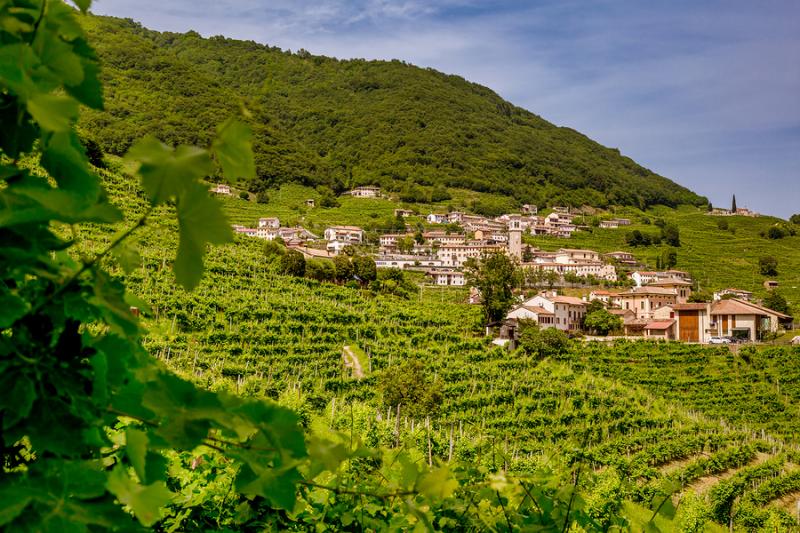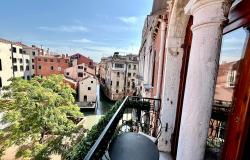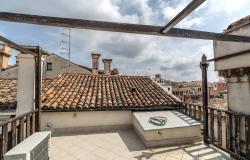The ‘Hills of Prosecco di Conegliano and Valdobbiadene’, in the Veneto region, have been added to Unesco’s World Heritage Sites list.
The decision was announced in Baku, the capital of Azerbaijan, during the 43rd session of the World Heritage Committee this July. With the Hills of Prosecco, the Italian sites on Unesco’s list increase to 55, making Italy the country with the highest number of sites on the coveted list.
As described by Unesco, “Located in north-eastern Italy, the site includes part of the vinegrowing landscape of the Prosecco wine production area. The landscape is characterized by ‘hogback’ hills, ciglioni – small plots of vines on narrow grassy terraces – forests, small villages and farmland. For centuries, this rugged terrain has been shaped and adapted by man. Since the 17th century, the use of ciglioni has created a particular chequerboard landscape consisting of rows of vines parallel and vertical to the slopes. In the 19th century, the bellussera technique of training the vines contributed to the aesthetic characteristics of the landscape.”
As the reason for including the hills of Conegliano and Valdobbiadene, Unesco wrote the following: “The area features hill chains that run from east to west, from the plains to the Pre-Alps, at the same distance from the Dolomites and the Adriatic; this has a positive effect on the climate and the countryside. If Conegliano is the hub of wine-related institutes, Valdobbiadene is the productive heart of the winemaking area. The steep slopes of the hills make it difficult to mechanize the work and, as a consequence, the management of the vineyards has always been in the hands of small producers; it is thanks to this great, peaceful army of workers and to their love for their land that it has been possible to preserve these beautiful hills and create a strong connection between man and countryside. The result of this strong bond is an extraordinary example of how this ancient culture is strongly rooted in its land of origin.”
“The decision by the Unesco Selection Committee acknowledges the universal value of a unique cultural and agricultural landscape, which arises from an extraordinary, wise interaction between a high-quality production and the natural characteristics of a fascinating territory ", Italy’s Foreign Minister Moavero Milanesi wrote in a note.
UNESCO (United Nations Educational, Scientific and Cultural Organization) is the body responsible for protecting places around the world that are the most culturally or environmentally significant.












